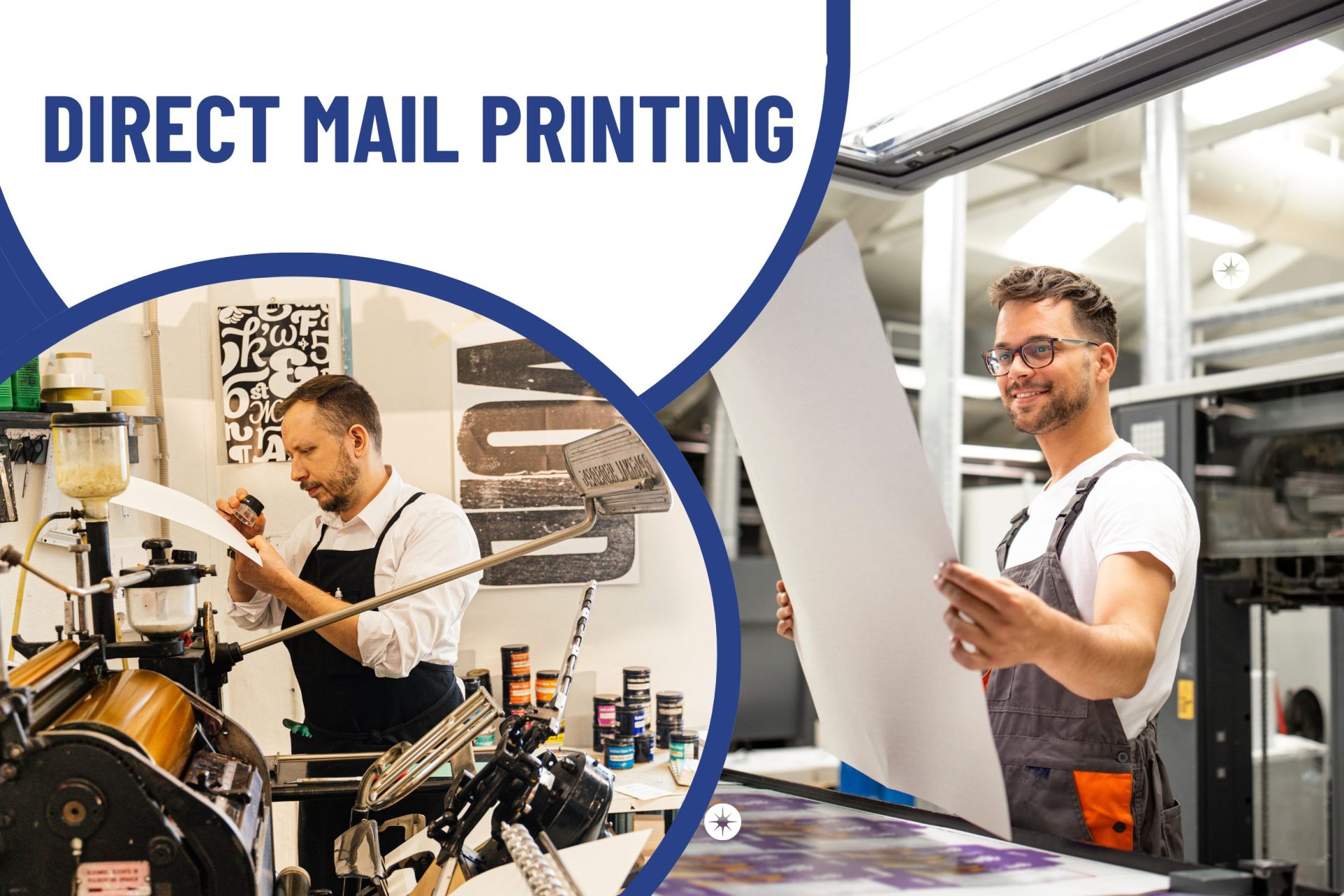In today’s competitive marketing landscape, Direct Mail Printing remains one of the most effective ways to engage customers and drive responses. With a well-planned strategy, businesses can achieve impressive results through tangible, high-quality print materials. This article explores best practices for optimizing Direct Mail Printing to maximize response rates and increase return on investment.
Why Direct Mail Printing Still Works
Despite the dominance of digital marketing, Direct Mail Printing continues to offer significant advantages. Here’s why businesses still rely on direct mail:
Higher Engagement Levels
Physical mail often has a longer shelf life than emails. Many recipients read, save, or share printed marketing materials, making direct mail an excellent tool for long-term engagement.
Personalization Opportunities
Modern Direct Mail Printing allows businesses to customize mailers with names, special offers, and tailored messages. Personalized campaigns are more likely to resonate with recipients and generate responses.
Tangibility Enhances Credibility
Printed materials instill trust. Customers perceive physical mail as more legitimate compared to digital ads, which are often dismissed or marked as spam.
Best Practices for Direct Mail Printing Success
Define Clear Goals and Audience
Before launching a direct mail campaign, businesses should identify their objectives. Whether it’s increasing sales, promoting a new product, or driving website traffic, a well-defined goal ensures a focused strategy.
Equally important is understanding the target audience. Using demographics, purchasing behavior, and location data helps in crafting messages that appeal directly to recipients.
Use High-Quality Printing and Materials
Investing in premium paper stock, vibrant colors, and professional designs enhances the effectiveness of Direct Mail Printing campaigns. A well-printed mailer stands out and leaves a lasting impression.
Craft a Compelling Call to Action (CTA)
A direct mail piece should have a clear and compelling CTA. Phrases like “Call Now,” “Visit Our Website,” or “Redeem Your Offer Today” prompt recipients to take immediate action.
Leverage Variable Data Printing
Using Direct Mail Printing with variable data technology enables businesses to create personalized mail pieces for each recipient. Customizing names, addresses, and offers increases engagement and conversion rates.
Optimize Design for Maximum Impact
An eye-catching design increases the likelihood of engagement. Best practices include:
- Using bold headlines and large fonts for key messages
- Incorporating high-resolution images
- Keeping text concise and to the point
- Using color schemes that align with brand identity
A/B Testing for Improved Performance
Testing different versions of a mailer can provide insights into what works best. Varying elements like headlines, images, and offers helps businesses determine the most effective approach.
Enhancing Response Rates with Smart Mailing Strategies
Segment Your Mailing List
Sending mass mail to an unsegmented audience can lead to lower response rates. Instead, businesses should categorize their mailing lists based on factors like customer preferences, purchase history, and engagement levels.
Use Handwritten or Handwritten-Style Fonts
People are more likely to open and read a mailer that appears personally addressed to them. Using handwritten-style fonts or actual handwritten notes increases the mail piece’s appeal.
Integrate Direct Mail with Digital Campaigns
Pairing direct mailing solutions with digital strategies boosts overall campaign effectiveness. For instance:
- Adding QR codes that direct recipients to a landing page
- Including social media handles for extended engagement
- Encouraging customers to redeem online-exclusive offers
Time Your Mailings for Maximum Impact
Sending mail at the right time can significantly affect response rates. Businesses should consider their audience’s behavior when scheduling mail deliveries. For example:
- Holiday promotions should arrive before peak shopping seasons
- Service renewal reminders should be sent well in advance
- Event invitations should be delivered a few weeks prior
Provide Multiple Response Channels
Recipients should have multiple ways to respond, such as:
- Calling a dedicated phone number
- Scanning a QR code
- Visiting a website
- Redeeming an offer in-store Offering various options makes it easier for recipients to engage with the mail piece.
Measuring and Improving Direct Mail Campaigns
Track and Analyze Campaign Performance
Businesses should track key performance indicators (KPIs) such as:
- Response rate
- Conversion rate
- Cost per response
- Return on investment (ROI) Using tracking codes, custom URLs, or unique discount codes helps measure the campaign’s success.
Gather Customer Feedback
Surveying recipients about their experience with the mailer can provide valuable insights. Understanding what worked and what didn’t helps in refining future campaigns.
Refine and Scale Successful Strategies
Once businesses identify winning direct mail strategies, they can scale them for broader outreach. This includes increasing the mailing list size, refining design elements, or adjusting CTA placements.
The Role of Bulk Mail Printing Services in Direct Mail Campaigns
In large-scale mailing campaigns, Bulk Mail Printing Services play a crucial role in ensuring efficiency and cost-effectiveness. Bulk mailing reduces per-unit costs and ensures that businesses can reach thousands of potential customers without exceeding their marketing budgets. By partnering with a trusted provider of Bulk Mail Printing Services, companies can streamline production, mailing, and tracking processes while maintaining high-quality standards.
Conclusion
Direct Mail Printing remains a powerful marketing tool when executed correctly. By following best practices such as audience segmentation, high-quality design, personalization, and strategic mailing, businesses can achieve higher response rates and maximize engagement. Additionally, integrating Bulk Mail Printing Services into large-scale campaigns ensures efficiency and affordability. As businesses continue to explore diverse marketing channels, direct mail stands out as a reliable and impactful strategy for connecting with customers and driving results.
FAQs
What is Direct Mail Printing, and how does it benefit businesses?
Direct Mail Printing is a marketing strategy that involves printing and mailing promotional materials directly to potential customers. It offers high engagement, better targeting, and a tangible way to connect with audiences, resulting in higher response rates.
How can I improve response rates for my direct mail campaigns?
To improve response rates, focus on personalized messaging, high-quality printing, compelling design, and a strong call to action. Also, target the right audience and track results to optimize future campaigns.
What types of materials can be used for Direct Mail Printing?
Businesses commonly use postcards, brochures, catalogs, newsletters, and flyers. Choosing the right format depends on your campaign goals and the message you want to convey.
How do Bulk Mail Printing Services support direct mail campaigns?
Bulk Mail Printing Services help businesses send large volumes of mail efficiently, saving time and reducing costs. They also ensure high-quality printing, personalization options, and proper mailing logistics for maximum impact.
Is Direct Mail Printing still effective in the digital age?
Yes! Despite digital marketing trends, direct mail has higher open and response rates. It creates a tangible, personal connection with recipients and can complement online marketing strategies for better results.


